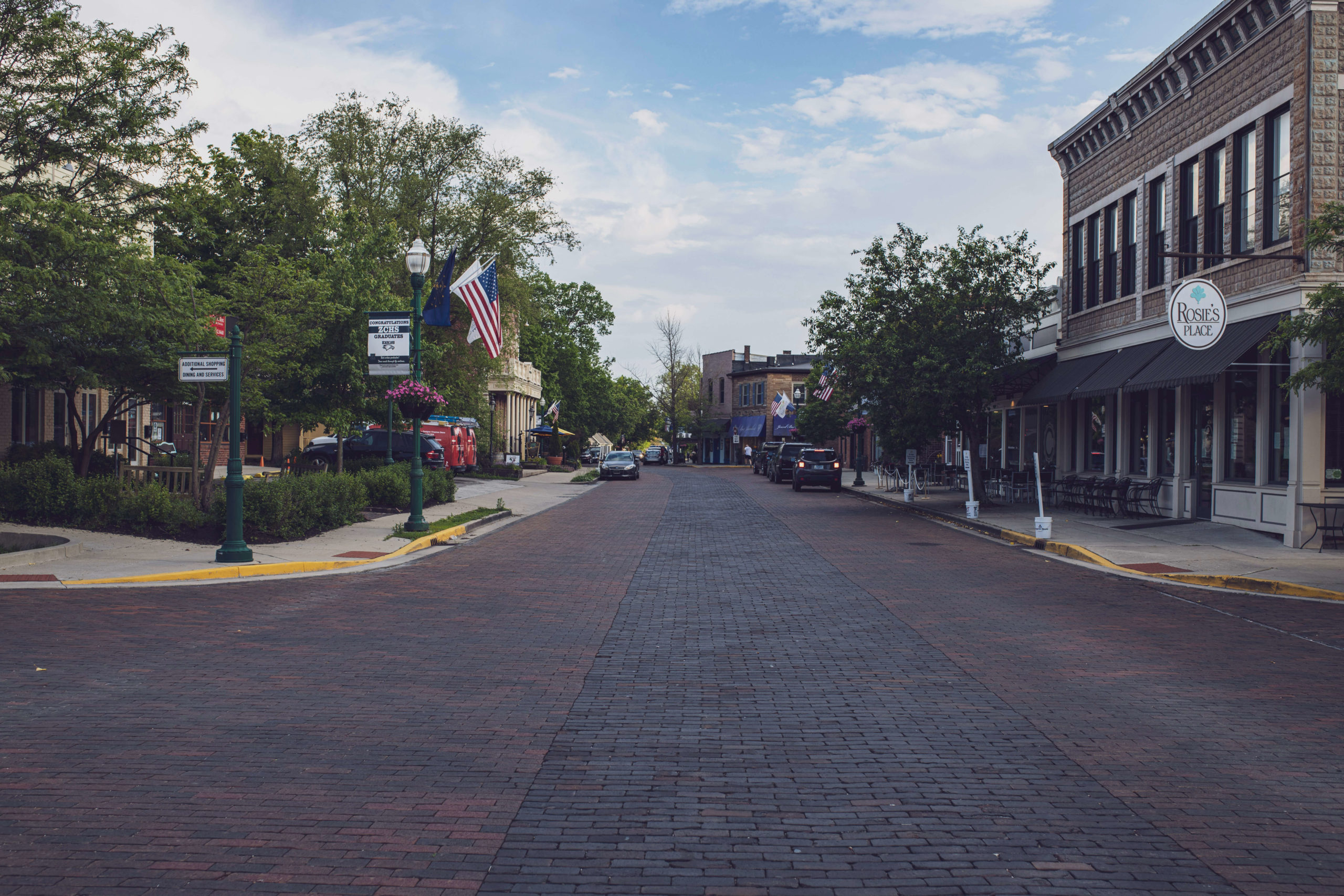Contents
- 1 Announcements
- 2 President’s Letter by Sara Martini
- 3 Monthly Update by Town Councilor Josh Garrett
- 4 Vote Delayed on PUD at Sycamore and 2nd Streets
- 5 Preparing For Spring Rains by Gavin Merman
- 6 Planning Springtime Yard Projects? Don’t Forget the Water (Quality, That Is) by White River Alliance
- 7 Zionsville Farmers’ Market Seeking Volunteers by Erica Singler
- 8 Controlling Garlic Mustard and the Annual “Pull For Parks” by Mindy Murdock
Announcements
President’s Letter by Sara Martini
Hello Neighbors!
My name is Sara Martini. I am excited to introduce myself as the new ZVRA President for 2016. I have been a Zionsville resident and an active member of the VRA for a little over a year now. My husband and I love the community and the Hoosier hospitality. You can find us at the park walking our dog, Daisy, or running on the rail trail!
I am also pleased to announce that Kate Coram is the new Vice President for the year. Kate has called Zionsville home for seven years. To Kate, Zionsville had an instant familiar feeling, reminding her of the town she grew up in near Melbourne, Australia. Kate, along with her husband, two young boys, and a number of furry and feathered pets, are busy restoring their 1911 home on Pine Street. Kate is excited to be on the board of the ZVRA and looks forward to becoming more involved in the village community!
Our next scheduled meeting is on April 26th at the SullivanMunce at 7:30pm. Our very own VRA secretary and local realtor, Gary Angstadt, will be discussing the real estate market in the Village and ways to improve your home value. In addition, we also anticipate a mystery guest speaker from the town to speak on our favorite topic, the variance process in Zionsville.
The VRA will be participating in the annual garlic mustard “Pull for Parks” in April. Zion Park Naturalist Mindy Murdock provides information on the invasive plant in this issue of Village Voice. Also, Mindy will be offering a Zion Park program on April 7 where she’ll share further garlic mustard information — including how to cook with it! If you are interested in learning more, check out the website: http://www.zionsville-in.gov/289/April-Programs.
I look forward to seeing you at the meeting in April and around town!
~Sara
Monthly Update by Town Councilor Josh Garrett
Two quick things to discuss this month:
First, good news for Zionsville when the state legislators released money for local governments to spend on roads.
http://www.ibj.com/articles/57641-indiana-legislature-adjourns-after-moving-smaller-roads-package
The total for Zionsville is roughly $3.5 million. Lance Lantz told the Council at our last meeting that we spend about $1 million annually on road upkeep. This money will certainly help to boost those efforts. I know many of you have expressed legitimate concerns about the condition of roads in the Village. I will certainly advocate that some of this money be used toward repairing/replacing some of that worn pavement.
Second, Boone County Sherrif Mike Nielsen sent out an email to the Council a few weeks ago about enhancements that have been made to the Boone County 911 operations.
They have partnered with Smart911 to provide additional information to first responders in the event of needing their assistance. The profile information is automatically given to first responders when you call 9-1-1. Information provided to them includes how many people live at that address, gas shut off locations, etc. In addition, it can allow EMS personnel advisement on allergies or specific medical conditions.
You can sign-up here: https://www.smart911.com/
I went ahead and personally signed up, and it was very easy. It took 10 minutes (less if you don’t want them to have certain information) and also allowed me to sign-up for emergency notifications through text messages. Best of all – it was free.
I would encourage each Village resident to look into signing up. Hopefully it is never needed but could be extremely helpful when seconds and minutes count in the event of an emergency.
Vote Delayed on PUD at Sycamore and 2nd Streets
Preparing For Spring Rains by Gavin Merman
The following tips can go a long way toward preventing any property damage from spring rains:
1. Clean out gutters and ensure downspouts are free
and clear to convey water effectively away from your foundation.
Planning Springtime Yard Projects? Don’t Forget the Water (Quality, That Is) by White River Alliance
The snow is melting and we are starting to see warmer days. Many people are beginning to think about spring yard care – fertilizing, landscaping, and generally getting outdoors to work around the yard. In the excitement of spring, don’t forget that the choices you make on your property affect our water quality. Residential lawn runoff often carries nutrients, sediment, pesticides, and bacteria which pollute our waterways and contribute to algae blooms. Fortunately, with a few simple choices, you can do your part to help improve our water quality and beautify your yard in the process!
Rain gardens and shoreline plantings are specialized landscaping projects that utilize native plants and can greatly improve water quality. Rain gardens are shallow landscaped depressions located in an area that receives stormwater runoff, often near a home’s downspout. A rain garden fills up with rain during a storm event and the water infiltrates into the soil within 24-48 hours. Native shoreline plantings are strips of native grasses and flowers planted next to a pond, stream or lake that help intercept runoff flowing into the water, stabilize soil with their deep roots and provide wildlife habitat for both aquatic and terrestrial wildlife.
on lawns reduces nutrient runoff and typically does not adversely affect the health of the lawn. A simple, inexpensive soil test can reveal which nutrients (if any) your lawn is lacking. By only applying the nutrients your lawn needs, you can reduce the amount of pollution washing off your property.
For more information on these clean water practices and why they are important, visit www.ClearChoicesCleanWater.org. Once you have decided to embark on one of these projects, or if you already have, be sure to take the pledge on the website. You can also view an interactive map to see who else is making a clear choice for clean water!
Zionsville Farmers’ Market Seeking Volunteers by Erica Singler
The Zionsville Farmers’ Market begins May 14th this year. Organizers are looking for volunteers for the market. For those who are new to the area, it is really a fun and easy way to meet people while also helping the community.
If anyone is interested in signing up or has questions, please e-mail me (erika@halcombsingler.com), and I will add you to the signup genius list. Volunteers are certainly not limited to people living in the village, so feel free to forward this to any of your friends you believe would like to get involved!
Controlling Garlic Mustard and the Annual “Pull For Parks” by Mindy Murdock
Garlic mustard is an invasive plant first brought to America by European settlers in the 1800s. They planted it in their gardens, and enjoyed eating it because of its zesty garlic-like flavor. They had no idea the future impact the plant would have on our native plants and animals. The plant has spread throughout much of the United States over the past 150 years, becoming one of the worst invaders of forests especially here in the Midwest. While it is usually found in the undergrowth of disturbed woods and forest edges, recent findings have shown that garlic mustard has the ability to establish and spread even in pristine areas.
1st year Garlic Mustard plant
Mature Garlic Mustard plant Because of the plant’s life cycle, pulling is an easy and effective way at lowering the number of plants in the ecosystem and keeping the population in check. In the past, Zionsville Parks and Recreation held an annual week of Pull for Parks in April, when the plants were easy to identify, but had not gone to seed. Zionsville area scouts, church groups, and organizations including the VRA have all helped pull garlic mustard in parks around Zionsville. Creekside and Elm Street Green are two parks within the Village that benefit from those annual pulls. This year, we are focusing the entire month of April on Pull for Parks. The benefit of organizing a group pull is that your organization can decide the day and time that works best for your members. In addition to groups, we also are looking for individuals who would like to spend an hour or two and help join us in our fight against this invasive plant. Individuals can sign up to receive our Pull for Parks email blasts. Throughout the month of April, when the weather looks favorable, we will plan garlic mustard pulls at several of our Zionsville Parks. Participants will be notified 24 hours in advance. All we ask from groups and individuals is to dress for the weather and bring a good pair of garden gloves! Contact Mindy at 317-873-8950 or naturecenter@zionsville-in.gov.
Because of the plant’s life cycle, pulling is an easy and effective way at lowering the number of plants in the ecosystem and keeping the population in check. In the past, Zionsville Parks and Recreation held an annual week of Pull for Parks in April, when the plants were easy to identify, but had not gone to seed. Zionsville area scouts, church groups, and organizations including the VRA have all helped pull garlic mustard in parks around Zionsville. Creekside and Elm Street Green are two parks within the Village that benefit from those annual pulls. This year, we are focusing the entire month of April on Pull for Parks. The benefit of organizing a group pull is that your organization can decide the day and time that works best for your members. In addition to groups, we also are looking for individuals who would like to spend an hour or two and help join us in our fight against this invasive plant. Individuals can sign up to receive our Pull for Parks email blasts. Throughout the month of April, when the weather looks favorable, we will plan garlic mustard pulls at several of our Zionsville Parks. Participants will be notified 24 hours in advance. All we ask from groups and individuals is to dress for the weather and bring a good pair of garden gloves! Contact Mindy at 317-873-8950 or naturecenter@zionsville-in.gov.
Garlic mustard can form thick dense stands that choke out native plants in the understory by controlling light,
There are hundreds of ways to cook with garlic mustard. We will enjoy a few recipes, while also exploring the life cycle of garlic mustard; the impact is has to our natural environment, and how you can help the Zionsville Parks remove the invasive plant.
Register by emailing naturecenter@zionsville-in.gov


